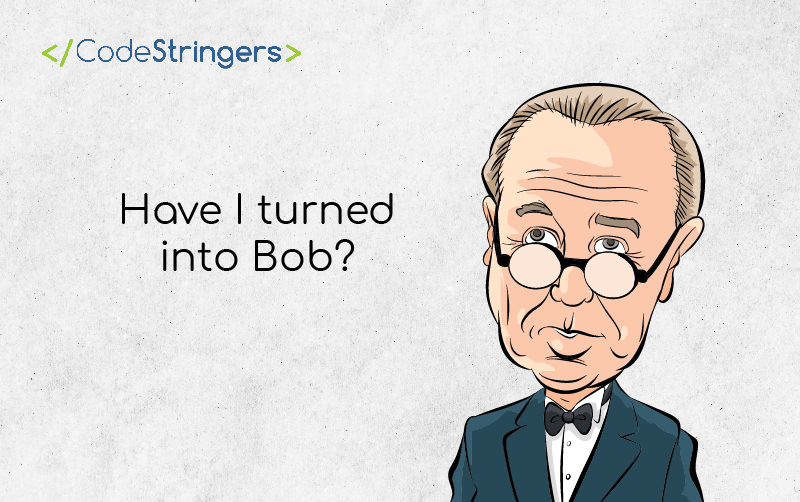In my first job out of college, I was a cost accountant at a chemical plant. Part of my job was to lead cost savings brainstorming meetings with the workers. In the back of every meeting, chewing on a toothpick, was a grizzled old Vietnam veteran named Bob. Bob was universally respected because he had the most seniority of anyone in the plant. But Bob wasn’t too happy about being in a meeting led by a 22-year-old kid. Whenever I, or anyone else, would make a suggestion, Bob would inevitably say “we tried that before… didn’t work.” I can’t say if Bob was right about valuing others’ ideas, but the company did fail due to a lack of cost competitiveness.
Later in my career, I served as Vice President of Digital at Columbia Records, which was quite a departure from my initial job, I admit. During this role, I had the privilege of overseeing recent college graduates in digital marketing positions. It became routine for them to pitch marketing plans centered on fan contests through social networks. For instance, “Share Artist X on your Snapchat for a chance to win front-row seats to their next show.”
In response, I would inevitably explain to these young marketing professionals that contests:
- Involved significant legal paperwork.
- Did not typically result in increased sales.
- Required dealing with contest winners, who often proved to be more challenging than anticipated.
Sometimes, as I watched my new employees walk away dejected, I would think to myself, “Have I turned into Bob?”
As I reflect on these stories, I realize that Bob represents two things. On the positive side, he represents institutional knowledge and experience, which is essential to maintaining a competitive advantage and ultimately, a successful business. If a business makes the same mistakes over and over again, they won’t be in business for long. However, Bob also represents stasis and inflexibility. Businesses must evolve as the world evolves around them or they will inevitably be defeated by competitors who innovate.
How can we, as business leaders, tow the line between experience and innovation?
The rule I’ve adopted is the “Have we tried this before, did it work, and, if not, what’s different this time?” principle. When assessing any business decision, I first examine whether we or others have previously attempted the proposed tactical or strategic action and whether it succeeded. Next, I analyze what has changed since that attempt—considering factors like technology, consumer preferences, cultural shifts, competition, business conditions, and the people involved.
If the changes are substantial enough to potentially yield a different outcome, it’s worth trying the new approach. Otherwise, I rely on past experience as a guide.
So using my music industry contest example, the decision was, “should we do a promotional contest for teenage fans of a pop singer?” Past experience has shown that such promotions have failed every time they have been tried. Furthermore, there have been no significant changes in technology, consumer attitudes, etc. since the last attempt. Therefore, the decision should be to reject the idea.
On the other hand, there are instances where significant changes have occurred since the last attempt at something. Case in point, CodeStringers is currently investing substantial time and resources in developing a product aimed at replacing existing Learning Management Systems used in middle and high schools. While we are taking a distinct approach, we aren’t ready to reveal the specifics, except to mention that this system will enhance teachers’ efficiency in course planning and management, ultimately boosting student academic performance.
Critics within the industry have labeled us as “crazy” because numerous previous companies have unsuccessfully ventured into this same endeavor.
However, what they fail to realize is that much has changed since then. Technologically, the use of mobile devices has vastly changed behavior in high-school and college students. Furthermore, COVID has vastly changed the way that teachers communicate with students. And there have been no changes in existing products since this change has taken place. So maybe it’s time for some innovation!
In conclusion, my advice would be to assess the shifts in technology, culture, and consumer behavior since your last evaluation of your business practices. Reflect on how these changes might impact your business. If they are not significant factors, you can likely continue with your current practices. However, if these changes do have an impact, it might be time to explore new approaches.
Christian Schraga
















